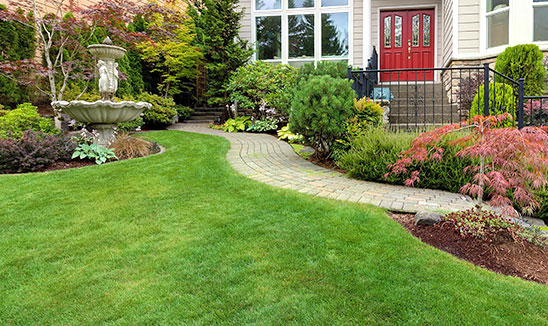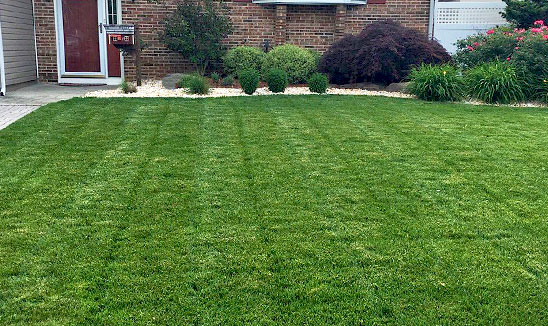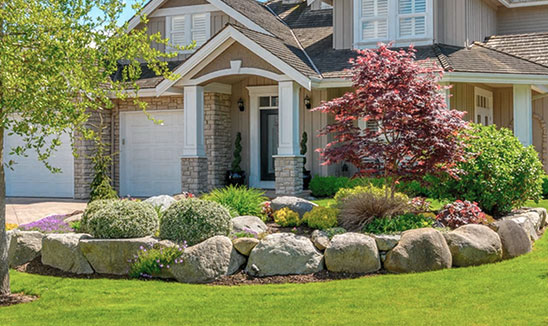Spring is a time for cleaning up, both indoors and out of doors; but while you might actually benefit from sorting through your old papers, clothing items and furniture inside the house, we advise you to leave the care of your outdoor property in Wildwood to the pros. One of the reasons for which we advise you to do this is over-seeding. Many of our clients have asked us about this lawn care technique, as spring approaches. Our first answer has been consistent in time: leave it up to us. Our second answer, as to the benefits of over-seeding, has a lot to do with damage control. In a nutshell, over-seeding can help restore the beauty and healthfulness of some of the most damaged lawns you’ve ever come across.
Is your Wildwood MO lawn damaged by winter?
If your answer to the above question is in the affirmative, then you can set your mind at ease. You’re definitely not the only property owner out there in Wildwood faced with such issues. Sometimes failing to properly care for a lawn will determine the development of compacted soil, snow mold, and/or barren spots in shadier areas. Over-seeding can help fix all these problems, but only if it’s done right, before spring completely takes over your lawn.
What is over-seeding?
Over-seeding is a lawn care technique meant to fix serious lawn damage issues in spring. Ideally, the best times of the year for seeding a lawn are the beginning of autumn or the end of summer. However, sometimes the situation is just too serious not to take care of in spring. This is particularly true for large barren spots, since over-seeding in spring will help the grass take up strong roots and be prepared to face the attack of weeds later on in the warm season.
Here’s how we do over-seeding at Lawn Masters:
- We start by loosening a few inches of the soil. This is usually done with a hoe, steel rake, or cultivator. Such tools de-compact the soil and raking it helps make it smoother.
- We sometimes top-dress the soil with soil or soil and compost compounds, spread out thick. Areas meant to be over-seeded are always cleared of any existing plants and grass.
- Then, in these newly formed seed beds, we plant a massive amount of seeds, whose growth we encourage with a dose of slowly releasing fertilizer.
- The grass then germinates for four to six weeks.
- We apply more starter fertilizer, meant to encourage the grass to grow.











